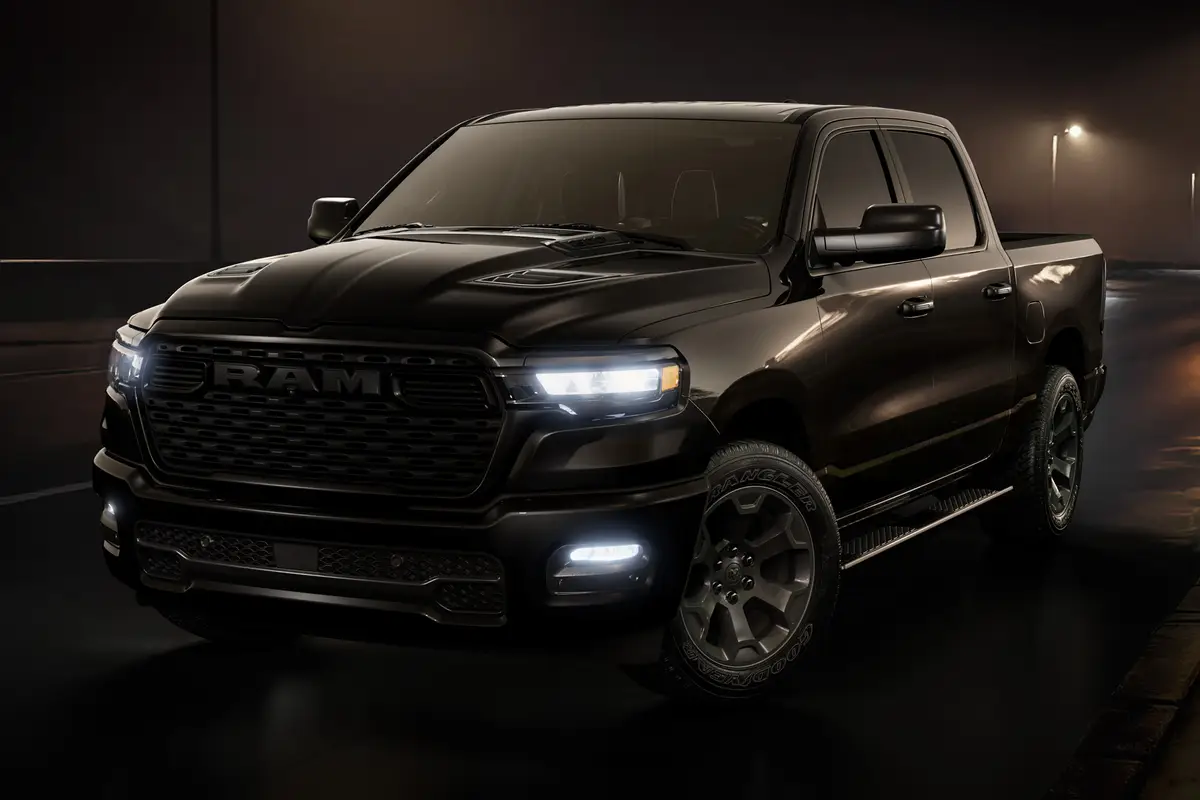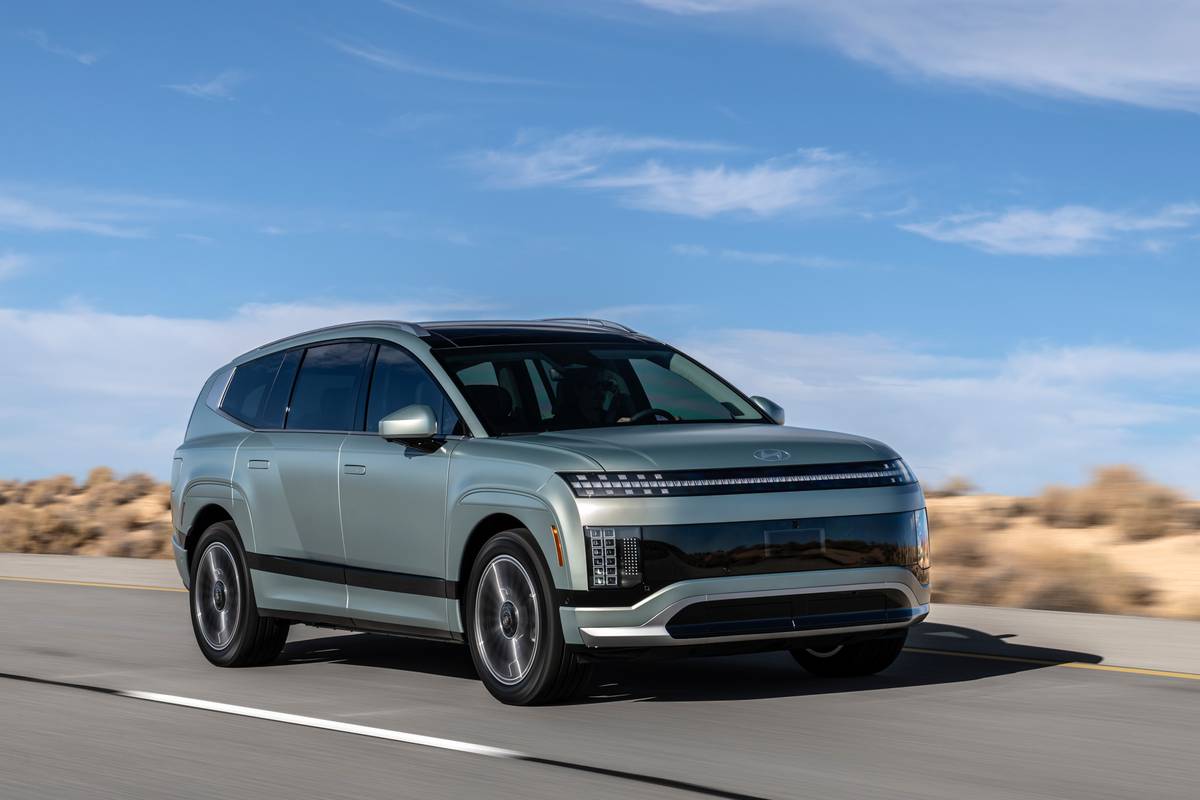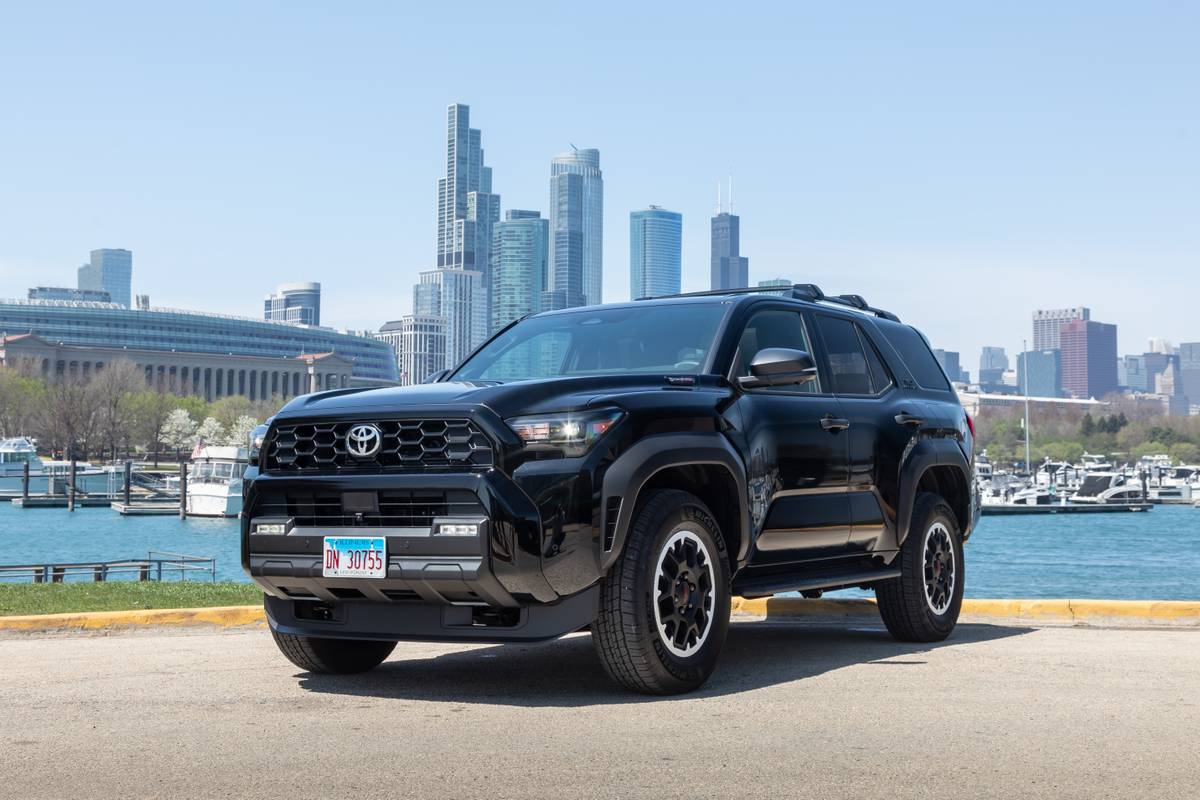washingtonpost.com's view
Such mixed feelings: Driving a vehicle that has more of everything while being keenly aware that you and the vehicle in question would be better off with substantially less.
It is the Denali Effect, evident in the 2011 GMC Acadia Denali crossover utility mobile, which also masquerades as a sport-utility vehicle.
It suffers from what politicians might call “overreach.” And indeed, who would know better than those masters of the art of being all things to all people, decrying federal debt with one voice while passionately arguing against budget cuts and higher taxes with another?
The Acadia Denali with all-wheel drive, sampled for this column, attempts something similar. It boasts “premium luxury” while declaring itself a master of the rough-and-tumble universe, ready for “any challenge you can send its way,” according to its marketers.
The implication is that the Acadia Denali, the top of the four-member Acadia crossover line, can dance the light fantastic along rugged off-road trails while providing all the amenities of a luxury home. On top of that, it promises to be a best friend of the environment and your pocketbook, delivering a “class leading” 16 miles per gallon in the city and 23 on the highway.
But “class” in the automobile industry, as it is in society in general, is very much a matter of perception.
Let us say, for example, that the Acadia Denali crossover and the 2011 Honda Odyssey Touring Elite minivan are premium members of the PHC (People-Hauling Class). The Odyssey Touring Elite has front-wheel drive. The subject Acadia Denali offers all-wheel drive as an option.
Both comfortably accommodate eight people. Both, with proper winter tires, can get you through snowstorms. Both offer every electronic amenity and connectivity portal demanded by today’s consumer. Both have V-6 engines that use regular gasoline – a 3.5-liter V-6 (248 horsepower, 250 foot-pounds of torque) for the Odyssey Touring Elite, a 3.6-liter V-6 (288 horsepower, 270 foot-pounds of torque) for the Acadia Denali.
My experience is that those relatively minor differences in horsepower and torque mean little when it comes to actual on-road performance. You can go to the hospital or to traffic court in the Odyssey Touring Elite just as quickly as you can in the Acadia Denali. An urban traffic jam in one is just as frustrating as it is in the other.
Also, there’s this: You are as unlikely to take the puffed-up all-wheel-drive Acadia Denali off the road as you are unlikely to take the equally puffed, but front-wheel-drive, Odyssey Touring Elite on an off-road romp.
What matters is weight. In comparison with the Acadia Denali, the Odyssey Touring Elite has 297 pounds less of that (4,560 pounds for the Honda product, compared with 4,857 pounds for the Acadia Denali).
The Odyssey Touring Elite’s relative lightness of being translates to better handling and better fuel economy (19 miles per gallon in the city and 28 on the highway).
That is what bugged me about the Acadia Denali. Although it is an excellently crafted people hauler – comfortable, luxurious, safe – it is a heavy runner. You feel its weight in tight city traffic. You account for its weight at the gas pump. And you pay for its extra weight at point of sale – a base $45,220 for the Acadia Denali, compared with a base $43,250 for the Odyssey Touring Elite.
In fairness, much of the Acadia Denali’s weight also comes from General Motors’ affection for stuffing sound-deadening materials in its premium vehicles. The Acadia Denali’s interior is so quiet, it’s eerie. Behind its wheel, I don’t know whether to kneel and pray, or drive.
Latest news



